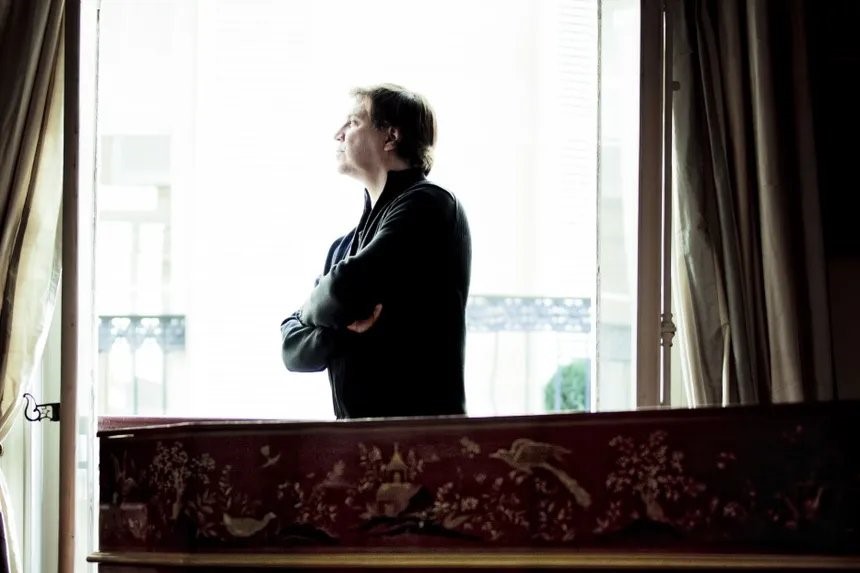The legendary French orchestra Les Vingt-quatre Violons du Roy, which has been playing for 135 years, will find worthy followers in Skip Sempé, Capriccio Stravagante instrumentalists and participants of their master classes. During the concert held during the French Academy, the artists will reach for the works of leading musicians associated with the Versailles court of Louis XIV – Jean-Baptiste Lully and the gambist Marin Marais. To properly reflect how important the royal ensemble was to European culture, the musicians will also present the repertoire of an English orchestra from Whitehall Palace who imitated this group, and at the request of Charles II of England, returning from exile, began to emulate the musicians from Versailles and went down in history as Twenty-four Violins.
The origins of Vingt-quatre Violons, also known as Grande Bande, date back to the second half of the 16th century. In 1614, the ensemble had – in accordance with the name by which it later became famous – twenty-four members, and in 1626 Louis XIII established it as an official, independent court ensemble. It operated until 1761, when it was dissolved for financial reasons. Its heyday coincided with the reign of Louis XIV in France and the time when Lully was the main figure responsible for music at Versailles. He was a newcomer from Italy, who gained the favour of the then very young ruler by performing as a dancer in a ballet, and as soon as the Sun King ascended the throne, he appointed his favourite to the honorable position of surintendant de la musique du roi. The Royal Violons had already gained fame in Europe. They were most famous for their unparalleled level of play at that time. Lully refined this aspect even further: he was the first to require uniform bowing from the orchestra members. The group of musicians accompanied the everyday life of the monarch, also preparing special performances on the occasion of the New Year, weddings, feasts, funerals, religious celebrations and many other special occasions.
Skip Sempé, an American harpsichordist, founder and conductor of the early music ensemble – Capriccio Stravagante – has been interested in the music of the royal court of France since 1970. The beginnings of his fascination, which quickly turned into an obsession, are related to his discovery of Collegium Aureum recordings released by Harmonia Mundi. The artist’s over fifty-year relationship with the extraordinary music of an irretrievably gone world has resulted in many groundbreaking interpretations of this repertoire during concerts and on numerous recordings. The participation of Capriccio Stravagante musicians in this year’s French Academy will give us the opportunity to witness their artistry and vision.



